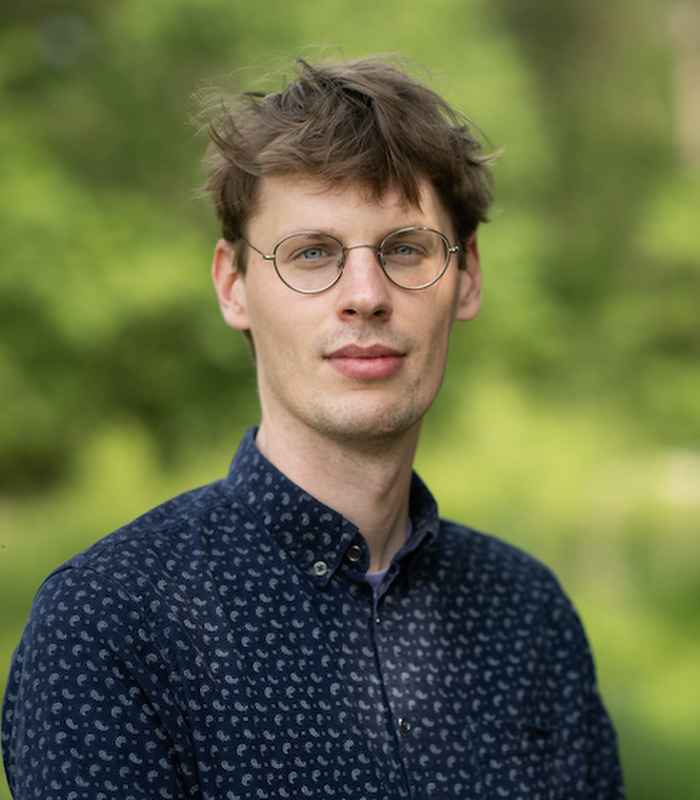Vossius Research Fellow: Leendert van der Miesen
7 April 2025

About the Project
In my project, “A Natural History of Music,” I consider the history of animal musicality in the early modern period. Throughout the eighteenth century, natural philosophers considered the effect of music on different animals; one example is Georges-Louis Leclerc, count de Buffon, who pondered whether animals like sheep are “sensible to the pleasures of music.” Most famously, a concert was staged at the end of the century for two elephants named Hans and Parkie at the Jardin des Plantes in Paris. Building on recent scholarly work on the centrality of animals to humans’ perception of their world and current debates on musicality and ecology, this project investigates how eighteenth-century writers approached animal sounds and hearing to help fashion an understanding of what it means to listen to music, as musicality was conceptualized on observations of different species. The project aims to unearth a rich history of investigations into animals’ musical and auditory processing in the early modern period, considering the role of animals in musical thought at the intersection of anthropomorphism and sound. Some of the questions the project asks are: how was the animal mind conceptualized in relation to notions such as harmony and health? Did there exist a conception of animal musicality? How was the effect of music on animals studied and described within the (emerging) disciplines of musicology and natural history?
In several books on ecology from recent years, sound has received special attention, signaling a renewed interest in sound and non-human song as a way to relate to nature. In the age of increasing extinction and noise pollution, listening to nature’s music is seen as last resort to appreciate nature’s diversity. This project aims to tell one of the histories of this way of relating to nature and will offer insights into the different ways in which sound and music were utilized to broker between humans and their environment, giving rise to the privileged role of sound and song in writing on nature that persists to this day.
Short bio
Leendert van der Miesen is musicologist and historian of science, with a focus on the connections between music, science, and sound in the early modern period. He has held positions and fellowships at the Collaborative Research Center 980 in Berlin, Max Planck Institute for the History of Science, and Bibliotheca Hertziana – Max Planck Institute for Art History. His first monograph Marin Mersenne and the Study of Harmony: From Sound to Music appeared with Amsterdam University Press in 2025. His current research interest deal with (musical) sounds, knowledge and natural history from the early modern period onward.